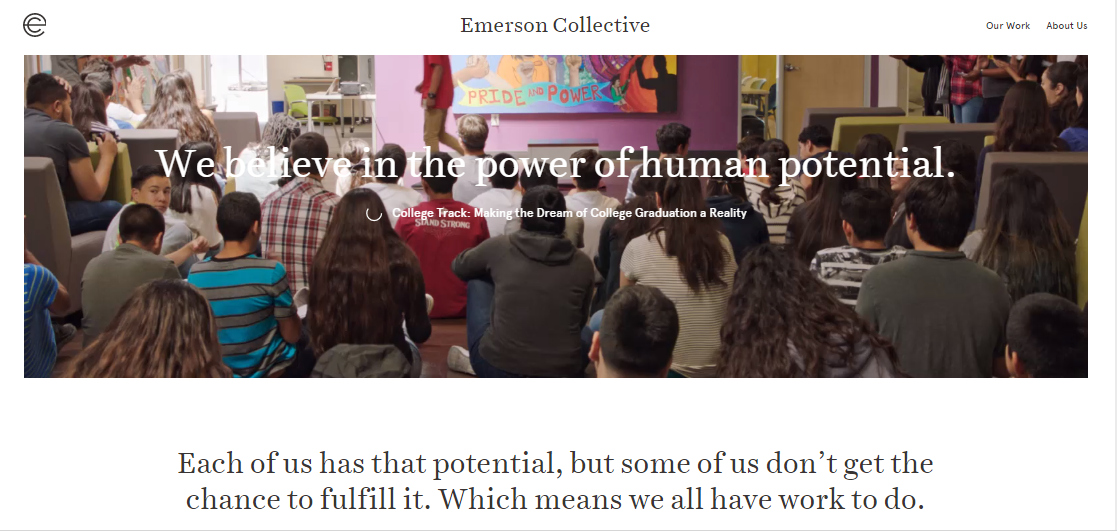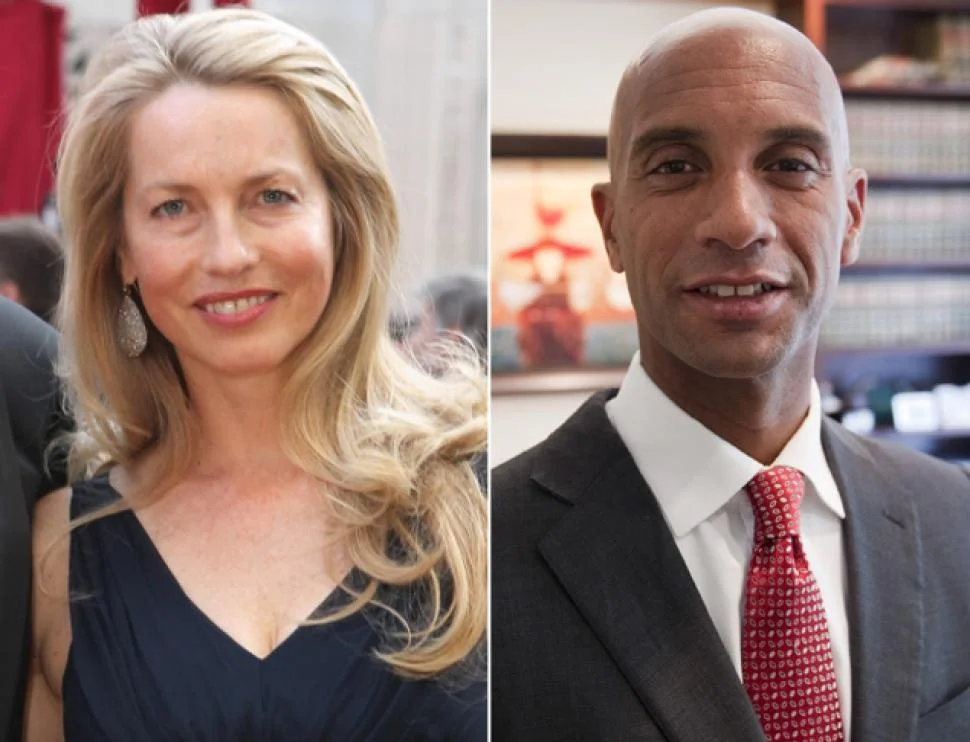Laurene Powell Jobs Calls Hillary 'One of America's Greatest Modern Creations'
/At the time of his death in 2011, Steve Jobs had a net worth estimated to be $11 billion, wealth derived through the sale of iPhones, iPads, Macintosh computers and other innovative products. His death in 2011 made his wife Laurene Powell Jobs the richest woman in Silicon Valley. Today Forbes estimates the wealth of Laurene Jobs and family to be $18.5 billion.
Unlike her genius college dropout husband, Laurene Jobs holds a BA from the University of Pennsylvania Wharton School and a Master of Business Administration degree from the Stanford Graduate school of Business.
Jobs is a major contributor to the Hilliary Clinton 2016 presidential campaign.
Hillary Clinton: Realist and Idealist
Speaking about Hillary Clinton toTIME 100, Laurene Jobs said:
Hillary Clinton is not familiar. She is revolutionary. Not radical, but revolutionary: The distinction is crucial. She is one of America’s greatest modern creations.
Her decades in our public life must not blind us to the fact that she represents new realities and possibilities. Indeed, those same decades have conferred upon her what newness usually lacks: judgment, and even wisdom.
Women who advocate for other women are often pigeonholed and pushed to the margins. That hasn’t happened to Hillary, because when she’s standing up for the rights of women and girls, she is speaking not only of gender but also of justice and liberty.
As Hillary has always made clear, these values are universal, and fulfilling them is a practical and moral pursuit. She is a realist with a conscience and an idealist who is comfortable with the exercise of power.
This helps explain why she has been so effective, even in this golden age of polarization. Hillary knows how to draw opponents out of their fighting corners and forge solutions on common ground. She practices the politics of reconciliation and reason. Which, not coincidentally, is also the politics of progress.
It matters, of course, that Hillary is a woman. But what matters more is what kind of woman she is.
Ms Powell Jobs is the founder and chair of Emerson Collective and her low-key humility was shared in a 2013 NYTimes article: Steve Jobs’ Widow Steps Onto Philanthropic Stage.
Laurene Jobs & The Emerson Collective
College Track
The philanthropist founded College Track in 1997, with the goal of helping prepare low-income students for college through rigorous academic training and extracurricular activities. As of 2013, the program operating in locations including New Orleans and East Palo Alto as sent more than 1400 students to college with a 90 percent success rate. The group is part of Laurene’s larger initiative The Emerson Collective.
Marlene Castro is one young woman who knew the tall blonde woman as Laurene, meeting every few weeks in a “rough Silicon Valley neighborhood” as Castro prepared for college. Laurene listened to Castro’s stories about her difficult childhood, and they emailed often.
It was only when Castro read a news article at the University of California at Berkeley that she realized that her friend Laurene was the wife of Apple’s co-founder Steve Jobs.
“I just became 10 times more appreciative of her humility and how humble she was in working with us in East Palo Alto,” Ms Castro told the Times.
Laurene for Dreamers
Through her work for College Track, Laurene Powell Jobs became deeply involved in the challenges of being undocumented in America. The result is that this powerhouse woman has become a leader in pushing the Dream Act, first introduced in 2001. In December 2012, Powell Jobs enlisted the help of the Academy Award-winning documentary filmmaker Davis Guggenheim, asking him to make a short documentary about immigration. The two met through the making of Davis’ documentary ‘Waiting for Superman’, a film that examined the crisis in America’s public schools.
Powell Jobs needed a film to influence Congress in deliberations around an immigration bill.
With only three months and not a year and a half, the result was a 30-minute film ‘The Dream Is Now’ featured here. Unfortunately, activists were not successful , and the immigration bill failed in Congress in 2014. Note that aspects of the Dream Act are in effect under an Executive Order issued by President Obama.
The Dream Is Now
Laurene Powell Jobs & Adrian Fenty
Both Laurene Jobs and Adrian Fenty are discreet concerning rumours that they are dating and have been photographed together on holiday. The couple first met in a venture capital presentation in Silicon Valley around the issue of school reform.
Fenty joined the board of College Track in 2012, and the couple was pictured together on a yacht and on shore in St. Barts in January of this year.


